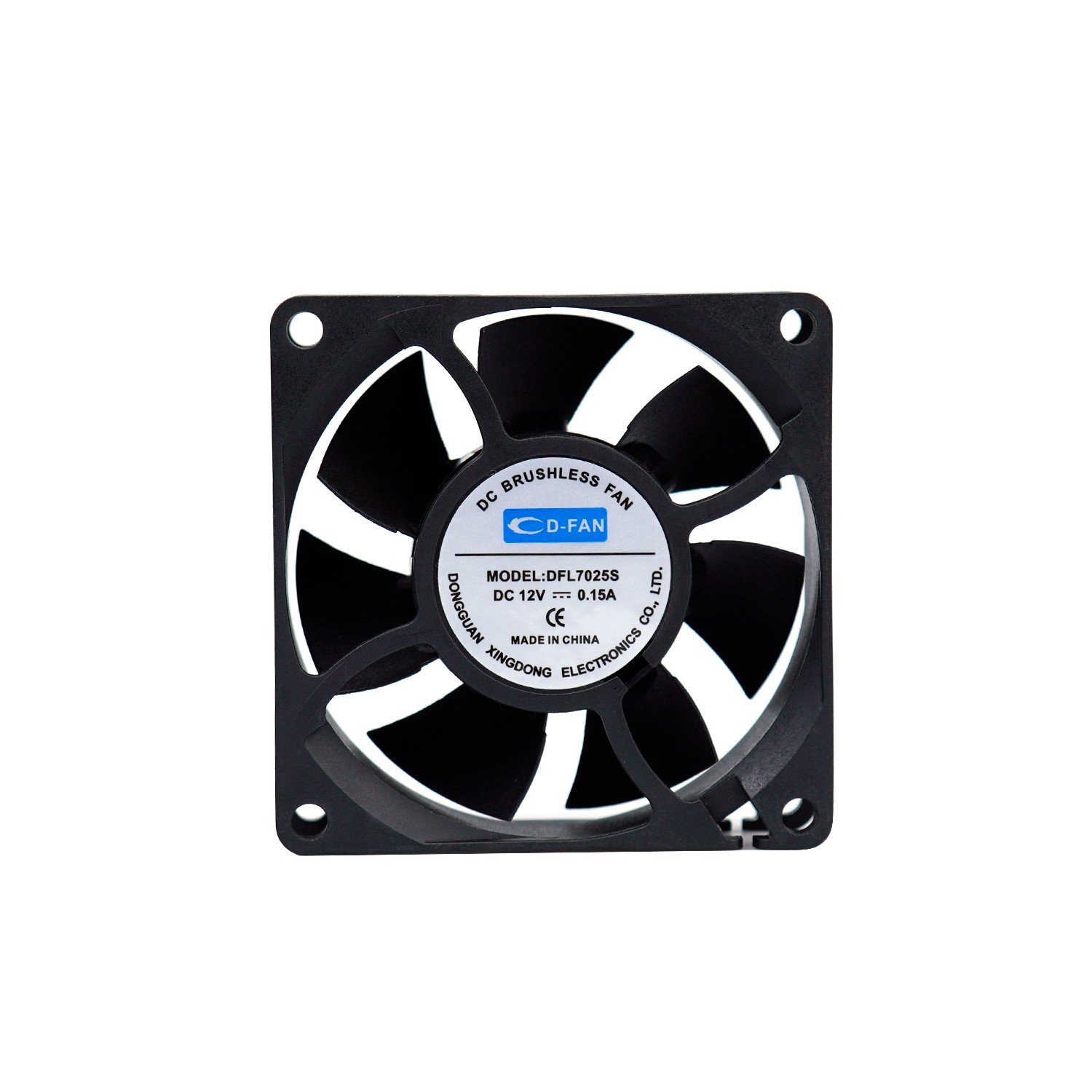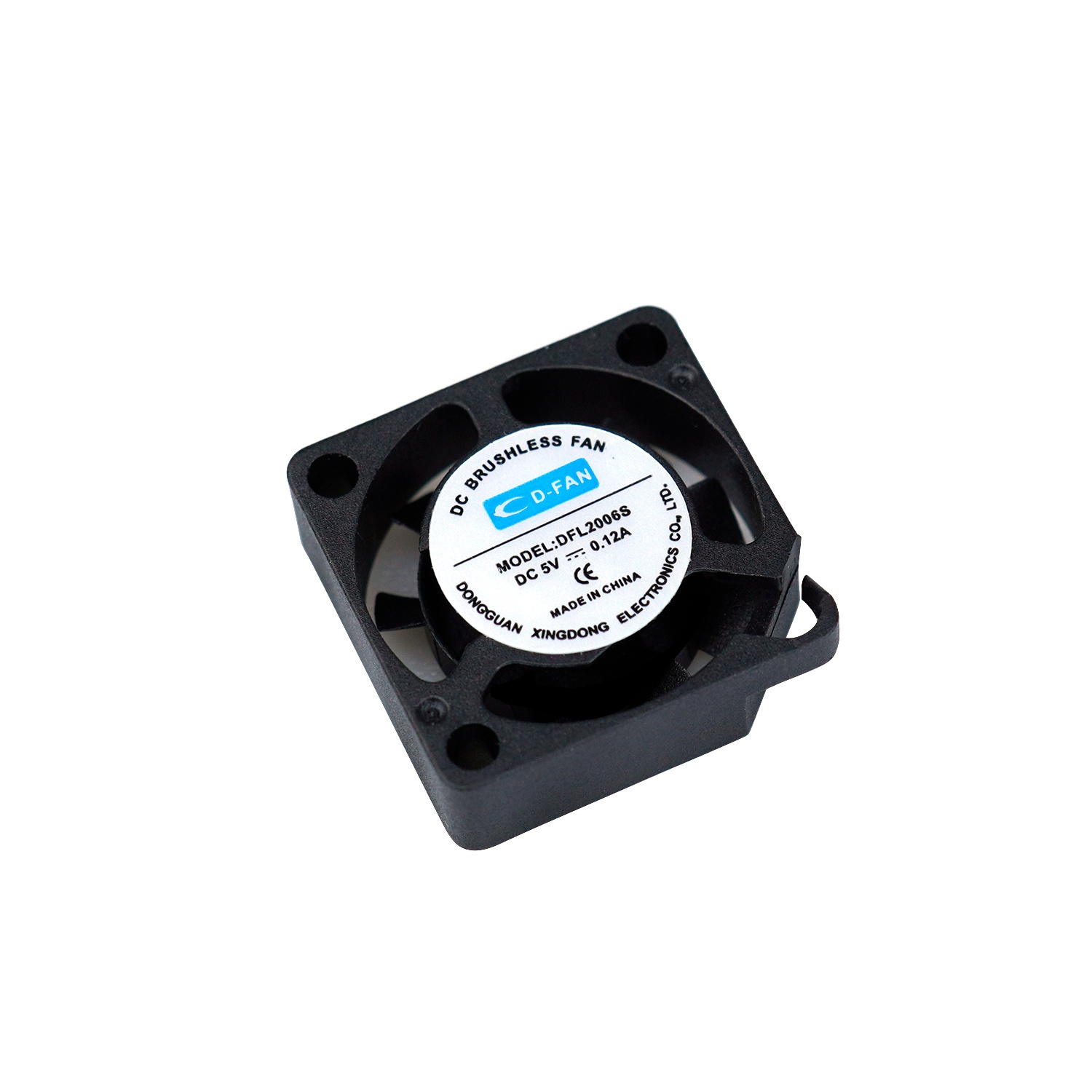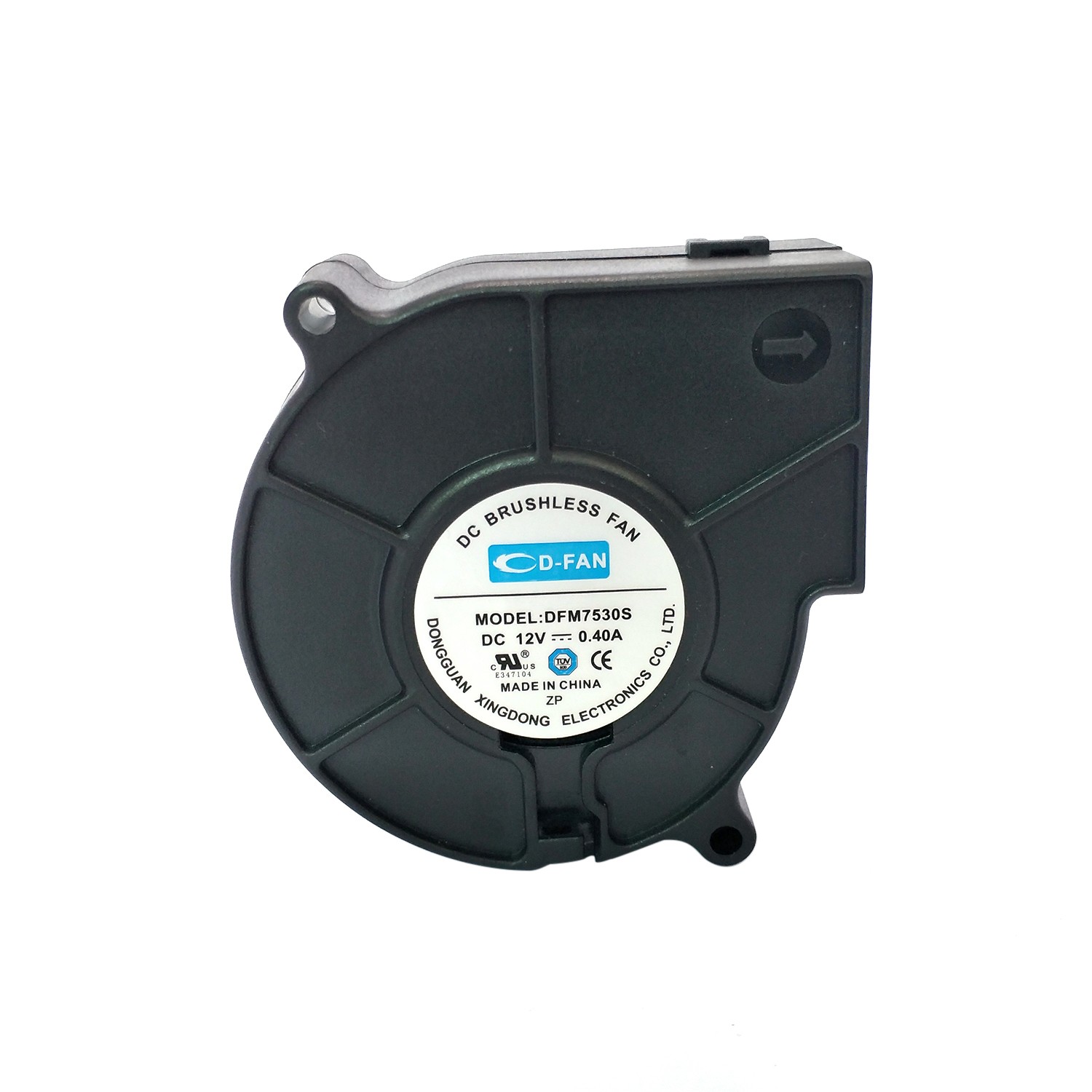When it comes to cooling solutions, DC axial flow fans are indispensable in a wide range of applications, from electronics to HVAC systems. However, the efficiency and effectiveness of these fans heavily depend on the manufacturer you choose. This article serves as your guide to navigating the intricate process of selecting the right DC axial flow fan manufacturer.

I. Introduction
A. Understanding the Importance of DC Axial Flow Fans
DC axial flow fans are the unsung heroes behind temperature control in countless devices and systems. They are designed to move air parallel to the fan’s axis, making them ideal for cooling electronic components and maintaining optimal operating temperatures in various industries.
B. The Significance of Choosing the Right Manufacturer
Selecting a reputable manufacturer can make all the difference in fan performance, reliability, and long-term cost-effectiveness. Here, we’ll delve into the essential factors to consider when making this crucial decision.
II. Assessing Your Cooling Needs
A. Defining Your Application Requirements
- Considerations for Airflow Volume: Determine the precise airflow volume required for your application. This depends on factors like heat generation and the size of the space to be cooled.
- Temperature and Environmental Factors: Evaluate the environmental conditions in which the fan will operate, including temperature extremes, humidity levels, and exposure to dust or corrosive elements.
B. Noise Tolerance and Acoustic Considerations
- Importance of Noise Levels in Different Settings: Noise can be a critical factor in certain applications. Consider the acceptable noise level for your environment, especially if it’s a noise-sensitive space.
- Selecting Fans with Low Noise Operation: Manufacturers offer fans with varying noise levels. Choose fans designed for quiet operation when needed.
III. Efficiency and Energy Consumption
A. The Role of Fan Efficiency in Energy Savings
- Understanding Fan Efficiency Metrics: Familiarize yourself with metrics like CFM/Watt and static pressure to gauge a fan’s efficiency.
- Importance of Energy Star Ratings: Energy Star-rated fans meet stringent energy efficiency guidelines and can lead to significant long-term energy savings.
B. Balancing Performance and Power Consumption
- Assessing Specific Power Consumption: Compare the specific power consumption of different fan models to find the most energy-efficient option.
- Benefits of Variable Speed Control: Fans equipped with variable speed control can adapt to changing cooling needs, optimizing energy usage.
IV. Reliability and Longevity
A. The Impact of Fan Quality on Reliability
- Materials and Build Quality: High-quality materials and precise manufacturing are crucial for fan longevity and reliability.
- Testing and Quality Control Standards: Inquire about the manufacturer’s testing and quality control processes to ensure consistent fan performance.
B. Evaluating Mean Time Between Failures (MTBF)
- Importance of MTBF in Industrial Applications: MTBF figures provide insights into a fan’s expected lifespan, critical for industries where downtime is costly.
- Case Studies in Longevity: Examine case studies or customer testimonials that highlight the longevity of fans in real-world applications.
V. Customization and Design Flexibility
A. Tailoring Fans to Specific Requirements
- Custom Blade Profiles: Some applications demand unique blade designs to optimize airflow. Look for manufacturers who offer customization options in blade profiles.
- Voltage and Size Variations: Ensure the manufacturer can provide fans in different sizes and voltage configurations to suit your specific needs.
B. The Advantages of Partnering with Manufacturers Offering Design Support
- Collaborative Design Process: Manufacturers with engineering support can collaborate with you to create custom fan solutions that perfectly match your requirements.
- Rapid Prototyping Capabilities: Access to rapid prototyping helps in quickly iterating and testing custom fan designs before full-scale production.
VI. Compliance and Certification
A. Meeting Industry Standards and Regulations
- CE, UL, and RoHS Compliance: Verify that the manufacturer’s fans adhere to industry standards such as CE (Conformité Européene), UL (Underwriters Laboratories), and RoHS (Restriction of Hazardous Substances).
- Navigating International Standards: If your application extends globally, ensure the fans comply with international standards and regulations to avoid potential roadblocks.
B. The Importance of Documentation and Traceability
- Record Keeping for Audits and Quality Control: Manufacturers with robust documentation practices can provide traceability and assist in audits, ensuring compliance.
- Warranty and Support Considerations: Understand the warranty terms related to compliance. A reputable manufacturer should stand behind their products.
VII. Cost and Budget Considerations
A. Balancing Quality and Cost
- Avoiding the Pitfalls of Cheap Alternatives: While cost matters, beware of overly cheap options, as they may compromise fan performance and longevity.
- Long-Term Cost Savings: Consider the total cost of ownership, factoring in energy efficiency and reduced maintenance costs over time.
B. Requesting Detailed Quotations
- Analyzing Pricing Components: Seek detailed quotations that break down the costs, including customization, shipping, and any additional services.
- Negotiating Volume Discounts: If your requirements involve large quantities, explore opportunities for volume discounts and long-term partnerships.
VIII. After-Sales Support and Warranty
A. Evaluating the Manufacturer’s Support Services
- Technical Assistance: Ensure the manufacturer offers reliable technical support to address any installation or operational issues.
- Troubleshooting and Maintenance: Inquire about available resources for troubleshooting and maintenance guidance.

B. Understanding Warranty Terms and Conditions
- Warranty Duration and Coverage: Carefully read and understand the warranty terms, including the duration and what is covered.
- Return Policies and Procedures: Familiarize yourself with the manufacturer’s return policies in case of defects or issues.
IX. Reputation and Customer Feedback
A. Researching the Manufacturer’s Reputation
- Online Reviews and Testimonials: Check online platforms and forums for reviews and testimonials from other customers who have used the manufacturer’s products.
- Industry Recognition and Awards: Manufacturers with industry awards or recognition often indicate a high level of quality and innovation.
B. Seeking Recommendations from Peers and Experts
- Networking in Industry Circles: Reach out to peers in your industry to gather insights and recommendations regarding fan manufacturers.
- Expert Opinions and References: If possible, consult experts or industry associations for their recommendations and references.
X. Conclusion
A. The Art of Selecting the Ideal DC Axial Flow Fan Manufacturer
Choosing the right DC axial flow fan manufacturer is more than a procurement decision; it’s an investment in your system’s performance and longevity.
B. Making an Informed Decision for Your Cooling Needs
By considering factors such as application requirements, efficiency, reliability, customization, compliance, cost, support, and reputation, you can make a well-informed decision that ensures your cooling needs are met with precision and excellence.
In the next parts of this series, we’ll delve deeper into each aspect to empower you with the knowledge needed to select the perfect DC axial flow fan manufacturer for your specific requirements. Stay tuned for expert insights and practical guidance.
<
p style=”margin: 0 auto 10px;text-align: center;border-bottom: 1px solid #dedede;padding-bottom: 10px;font-size: 20px;”>Related Products






